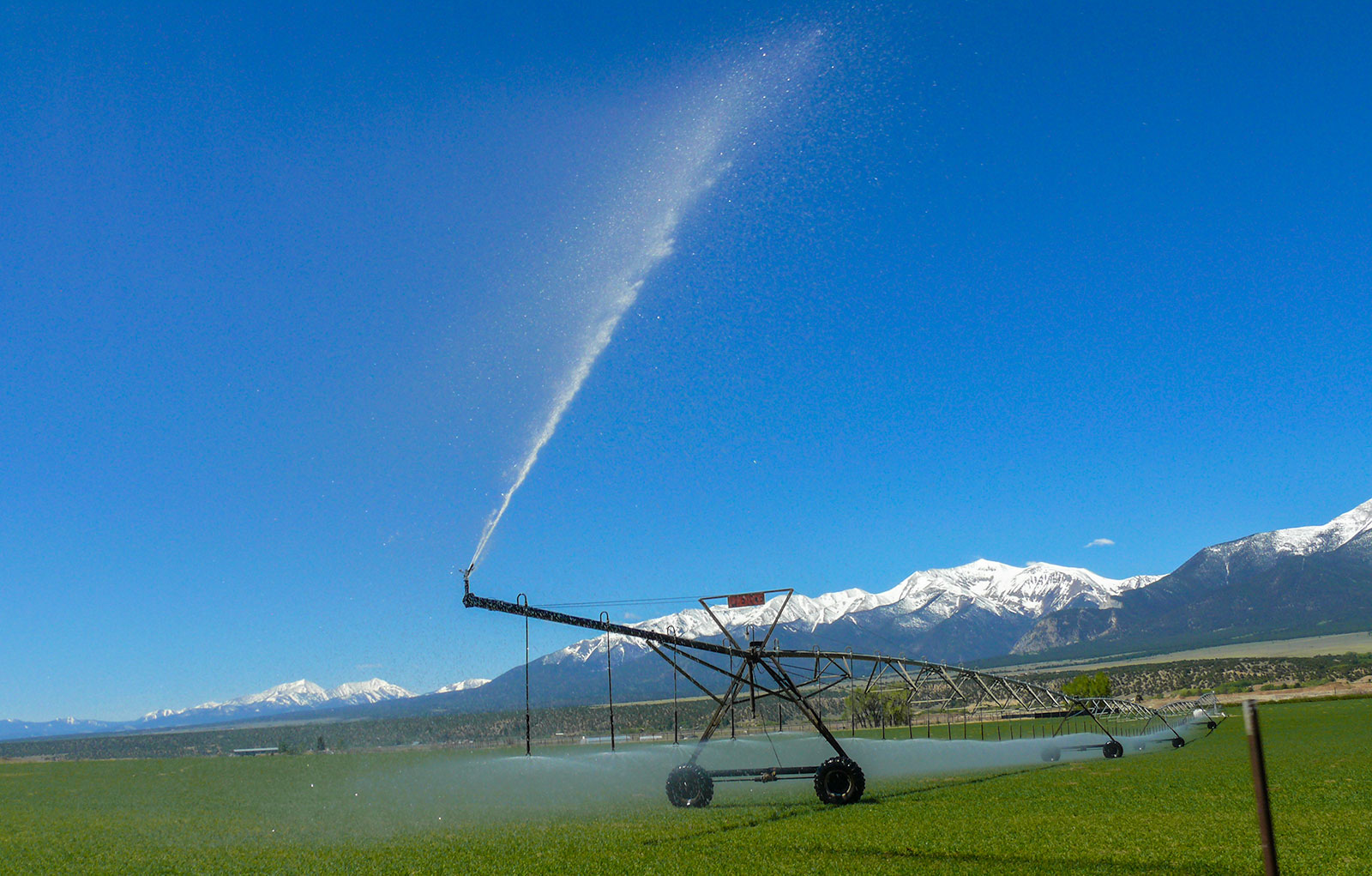A group of local residents has been working to organize and coordinate efforts to improve watershed health and resiliency in the Upper Arkansas River Basin, leading to the recent formation of the Upper Arkansas Watershed Partnership.
Natalie Allio with the Upper Arkansas Conservation District,* Chelsey Nutter with the Arkansas River Watershed Collaborative, Dan Omasta with Trout Unlimited and Buffy Lenth with Central Colorado Conservancy were the four founding members.
With Nutter’s recent departure from ARWC, local rancher and Conservation District Board President Nancy Roberts joined the core leadership group, strengthening the agricultural component of the Partnership.
Allio said the Partnership’s preliminary work focused on organizational efforts, resulting in the Conservation District taking the lead role in order to qualify for funding opportunities favoring agricultural organizations.
“Working at the confluence of agriculture and environmentalism,” the Conservation District seeks to work with the Partnership to build a healthier, more resilient watershed by bringing together the agricultural and environmental communities to:
- Collaborate.
- Develop mutually beneficial projects.
- Foster community understanding of water issues.
In May, the Partnership began reaching out to various water users and key stakeholders to identify existing and future watershed needs and priorities.
In a survey, the Partnership asked water users and stakeholders to list three critical issues in the watershed. Fifty percent of responses identified pressure from development and accompanying land-use changes as the number one concern.
Other top issues include fire threats to wildlife (43 percent), water quantity (34 percent), and fragmentation and destruction of habitat (31 percent). Degradation of the stream/river corridor, forest health and recreational pressure all came in at 28 percent.
Allio said feedback from meetings, stakeholder interviews and the survey demonstrated support for a collaborative process to enhance cooperation and focus on overlapping issues. The next step, she said, is development of an Upper Arkansas Watershed Resiliency Plan.
With the endorsement of the Chaffee County Commissioners, the Partnership recently submitted a grant proposal to the Colorado Water Conservation Board for $99,000 in funding with the Partnership providing $50,000 in matching funds.
As stated in the proposal, the initial objectives of the plan are to:
- Increase community understanding of water uses and issues in the basin and leverage local expertise to solve watershed health and water-user challenges.
- Combine and assess existing studies and data related to ecosystem health, hydrology, geomorphology, wetlands, riparian areas, water use, water storage, and land-use planning.
- Assess existing riparian and floodplain conditions and identify strategies to protect against impacts from flooding and development.
- Provide support for local water rights protection and identify opportunities to improve water resources by mitigating impacts of drought, wildfire and development.
After the recent Hayden Pass and Decker fires, various Chaffee County organizations have initiated efforts to protect against the impacts from such catastrophic events.
Allio said the Watershed Resiliency Plan is designed to build on these plans by integrating floodplain and riparian lands to create a more holistic path toward watershed resiliency.
The Partnership is focused on building relationships that bring community stakeholders together, Allio said, describing the Partnership as a conduit for bringing existing organizations together.
“We don’t want to duplicate efforts,” she said. “We want to support whoever’s already working on an issue. … We’re not so much creating a new organization as we are bringing existing organizations together.”
One benefit of promoting collaboration is that grant funding organizations want to see collaborative projects. So, bringing these diverse organizations together enhances the ability to be awarded grant funding that can be leveraged to access additional funding from local, state and federal sources.
Allio said this collaborative approach also recognizes “how all issues are interrelated in the entire watershed.”
*The Upper Arkansas Conservation District, not to be confused with the Upper Arkansas Water Conservancy District, is supported by the U.S. Department of Agriculture’s Natural Resources Conservation Service, which was established by Congress in 1935 as the Soil Conservation Service.





